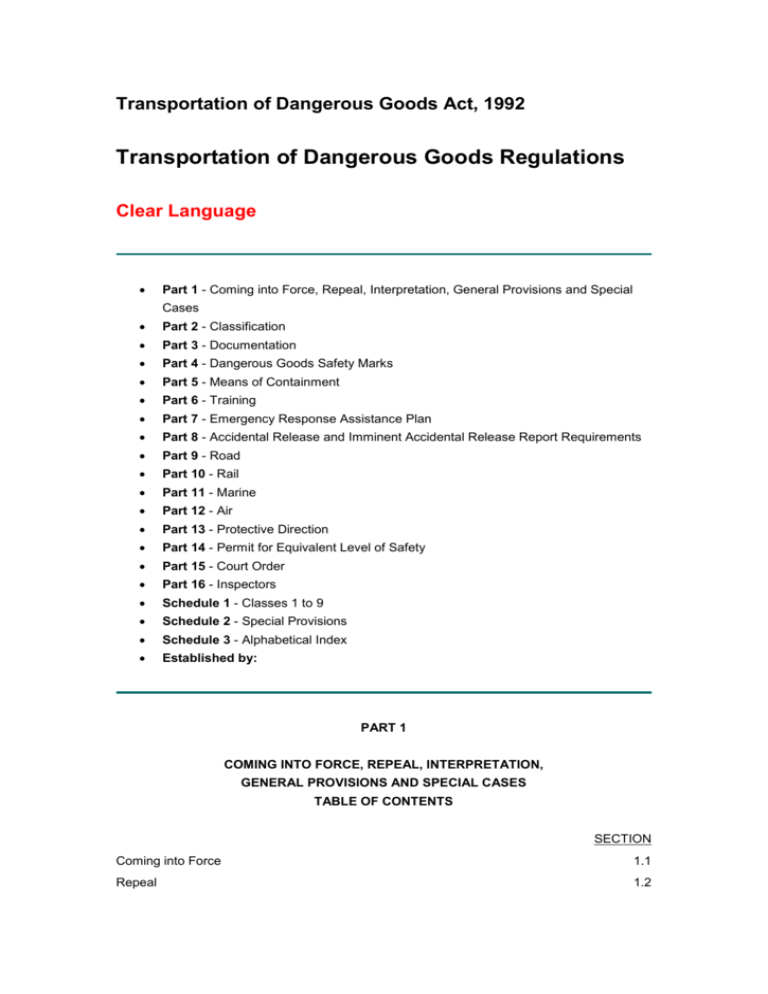


The transport of these goods are addressed through specific regulations that must be followed when preparing, offering, accepting and handling this cargo. Special cargo are goods that, due to their nature, weight, dimensions and/or value, may have specific requirements including packaging, labelling, documentation and handling through the transport chain. Special cargo is where things get a little more complicated. Think of your average, everyday objects most of those would fall into the general cargo area. These types of items are retail and most consumer goods (with the exception of mobile phones, tablets and laptops), dry goods, hardware, textiles, and more. General cargo are items that do not fall into the Special Cargo categories and that do not require any extra precautions or special handling during air transport. It is these specialized sub-groups we will take a much closer look at further on. Special Cargo is then divided up into smaller specialized sub-groups. When looking at the various types of cargo transported by air, they fall into two main groups: General Cargo and Special Cargo. What types of cargo are transported by air? Let’s take a closer look at the cargo business. The growth in demand for the transport of pharmaceutical and healthcare products has also resulted in the introduction of new regulations for the proper handling of time and temperature sensitive shipments.Īlthough passengers and cargo are very often carried in the same aircraft together, for an airline these are two distinctly different businesses each with its own requirements and unique challenges. Air transport is also ideal for certain food products such as fresh fish, exotic fruits and cut flowers. Urgent materials such as radiopharmaceuticals for medical diagnosis or treatment or high-value goods such as technological products and high value commodities are typically shipped by air cargo. Two main factors define the choice of air transport for certain products: the value of the commodities and the speed with which they must be transported. July data shows us that air cargo continues to hold its own, but as is the case for almost all industries, we’ll need to carefully watch both economic and political developments over the coming monthst. Volatility resulting from supply chain constraints and evolving economic conditions has seen cargo markets essentially move sideways since April. Recently, the International Air Transport Association (IATA) released July 2022 data for global air cargo markets showing that air cargo is tracking at near 2019 levels although it has taken a step back compared to the extra-ordinary performance of 2020-2021. Air cargo transports over US $6 trillion worth of goods annually, accounting for approximately 35% of world trade by value during the COVID-19 pandemic, air cargo represented one-third of airlines’ revenue.


 0 kommentar(er)
0 kommentar(er)
